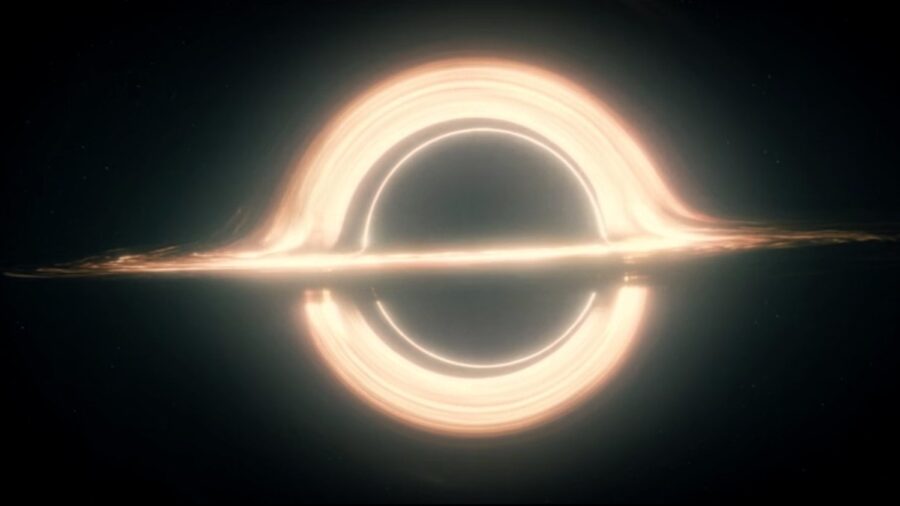Scientists Discover Objects That Move Faster Than The Speed Of Light

Nothing in the universe can travel faster than the speed of light. However, a group of physicists recently discovered that quasiparticles – groups of electrons behaving collectively – can seemingly move faster than light. This finding, published in Nature Photonics, could revolutionize the way we generate and use high-energy light sources for various applications, making them more accessible and versatile.
Electrons, when excited and manipulated, produce light with varying energies. High-energy light sources have enabled scientists to examine the world at a microscopic level, unveiling the hidden structures of molecules and facilitating advancements in medicine, technology, and paleontology. The insights have paved the way for new drugs, improved computer chips, and fresh investigations into fossils.
Scientists have discovered a group of electrons called quasiparticles that seem to be able to travel faster than the speed of light.
However, there is a significant drawback to powerful speed of light sources. They are costly to build, require extensive land, and are often booked months in advance by researchers, which has hampered scientific progress. Fortunately, thanks to the work of a team of physicists, there may be a solution on the horizon, Gizmodo reports.
The team of physicists, led by John Palastro from the Laboratory for Laser Energetics at the University of Rochester, says quasiparticles can be harnessed as light sources. While individual particles within quasiparticles do not break the speed of light, their collective behavior allows them to move as if they were traveling faster than light itself.
In their research, the team delves into the possibility of creating plasma accelerator-based speed of light sources that rival the brightness of larger free electron lasers.
While this concept does not violate the laws of physics, it has the potential to democratize access to speed of light sources. Moreover, the notion of quasiparticles as light sources allows researchers to move away from the idea that every electron must move in unison to produce coherent radiation. This reduces the need for centralized, expensive facilities.
In their research, the team delves into the possibility of creating plasma accelerator-based speed of light sources that rival the brightness of larger free electron lasers. Using supercomputers from the European High Performance Computing Joint Undertaking, the team ran simulations to understand the properties of quasiparticles in plasma.

The acceleration of quasiparticles could be as intense as what is observed in the vicinity of a black hole.
“Every electron is doing the same thing as the collective thing,” a physicist at the Instituto Superior Técnico in Portugal and the study’s lead author, Bernardo Malaca, explained about the speed of light discovery. “There is no electron that’s undulating in our case, but we’re still making an undulator-like spectrum.”
The researchers liken quasiparticles to a Mexican wave, a collective behavior observed in sports stadiums where fans stand and sit in a coordinated sequence. While no individual moves laterally, the collective behavior gives the illusion of a wave moving around the venue. Quasiparticles work in a similar way, but their dynamics can be more extreme.
These collective behaviors allow quasiparticles to travel at velocities, including superluminal speeds, potentially exceeding the speed of light. The acceleration of quasiparticles could be as intense as what is observed in the vicinity of a black hole.
The concept of the speed of light is a fundamental and crucial concept in physics. It refers to the constant speed at which electromagnetic waves, particularly light, travel through a vacuum. In a vacuum, light travels at approximately 299,792,458 meters per second, which is often rounded to about 300,000 kilometers per second or 186,282 miles per second.












